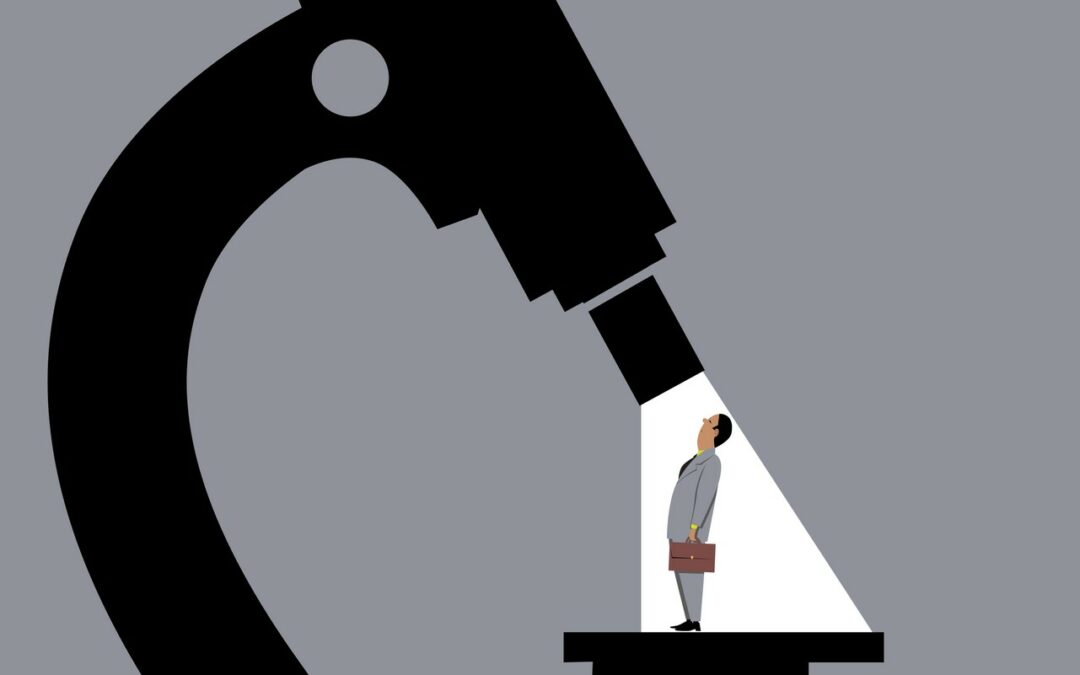Financial panics aren’t rational. They are just another demonstration of how numbers alone are an insufficient motivation for investors to act.
Spreadsheets Are No Match For Human Nature
Since the Dutch tulip bubble and crash in the 17th Century, financial markets have ebbed and flowed for irrational reasons. It underlies one of the foundational elements of marketing I share with clients when mapping out a marketing strategy: People are not rational actors.
Why did tulips become so valuable in the first place? They became showpieces for the wealthy, so people quickly jumped on the bandwagon to make a buck. The same culprits, be it flowers, real estate, or banks, are always at play. Out-of-balance supply and demand, coupled with greed.
Sound rational? Hardly.
Climate Tech Marketing Isn’t About The Numbers
When climate tech founders tell me what sets them apart from their competitors is “Our widget is better, simpler, more cost-effective, etc.” I receive it with a healthy dose of skepticism because they are breaking a fundamental law of human nature.
As a startup, there is no demand for your solution or euphoria around your product. You have to create that demand, and digits are an insufficient tool.
Numbers alone aren’t convincing; they don’t connect with the primal parts of our brains where decisions are made, and they don’t account for self-interest by investors or customers.
This isn’t a jeremiad against business plans, proformas or due diligence. It’s just that numbers are the equivalent of dry toast. No one orders it that way. What people want is butter and jam because that’s what excites the taste buds.
The business model is the store-bought bread that serves as your base, but the story delights the senses and draws in demand.
Your investor or end user might be a classically trained scientist or engineer; still, they have the same lobes in their brains. Flouting their emotions in favor of their ‘rational’ brain flies in the face of 10,000 years of human history.
What Does Human Nature Have To Do With Silicon Valley Bank And The Future Of Climate Tech?
In the coming days and weeks, countless analysts will try to pinpoint what caused SVB to crash. I’m not here to debate them.
I can tell you that SVB went under because of an old-fashioned bank rush in 48-72 hours. As a result, there’s one less climate-tech-friendly financial institution today. And in yet another example of fickleness and irrational behavior, the VCs who benefitted from SVB’s openness to climate tech companies were the same ones fueling the panic. For all of their financial savvy, they are subject to the same base emotions as the rest of us, and PowerPoint decks be damned.
What’s next for climate tech financing? If history is any guide, there will be a short period of introspection and risk-averse behavior for those who typically invest in project development and Series A & B level companies. There’s no guarantee other banks with less of a history in climate tech will pick up the slack. Sure, they will still be taking meetings, but the business pitches will be under higher scrutiny because no one wants to be the next cautionary tale.
That means it’s a must for climate tech startups to stir the senses of investors. Don’t bore them with your science. They have their experts validate it.
Instead, find your story, and answer why your customers need your solution so badly that your unique butter and jam could blossom into the next tulip.

